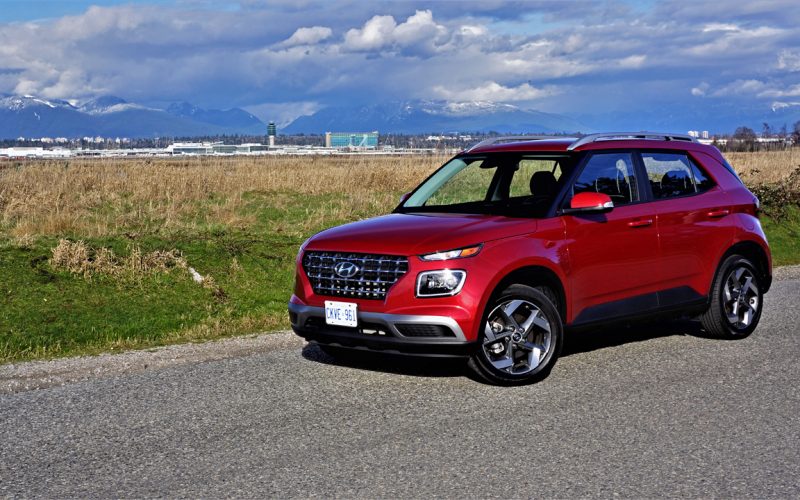
Reading Time: 18 minutesIf you want to know where the future lies in the automotive industry, just look where
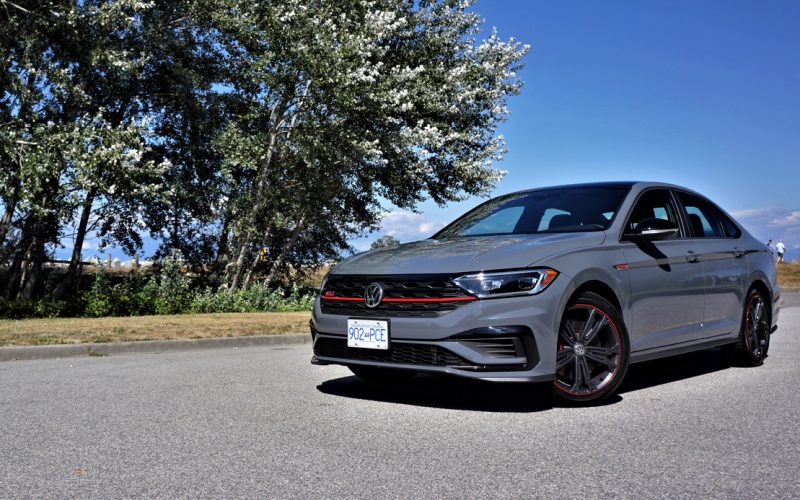
Reading Time: 10 minutesHonestly, other than being rare compared to Honda Civics, Toyota Corollas, Hyundai Elantras and Mazda3s, and
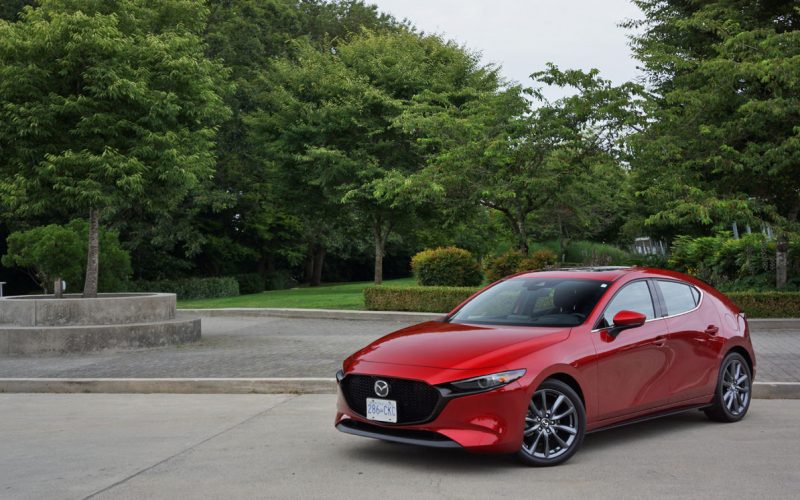
Reading Time: 13 minutesAfter first driving the all-new 2019 Mazda3, I would’ve immediately said it was by far the
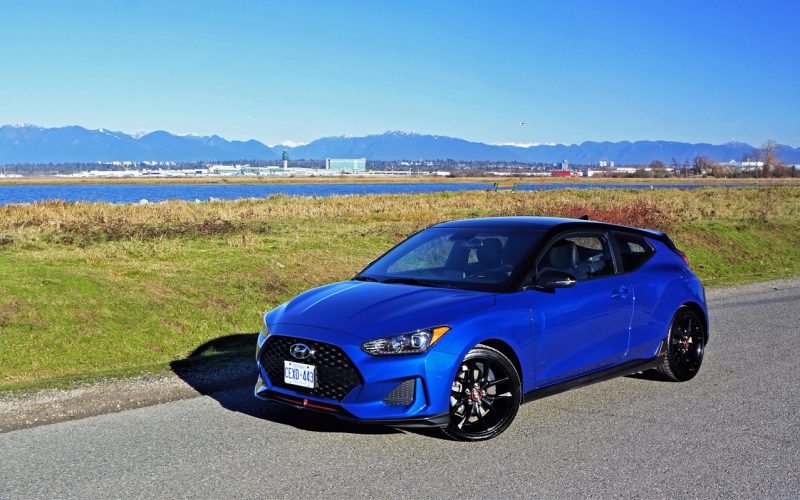
Reading Time: 11 minutesIt would be easy to look at the Veloster as an automotive anomaly, a car that
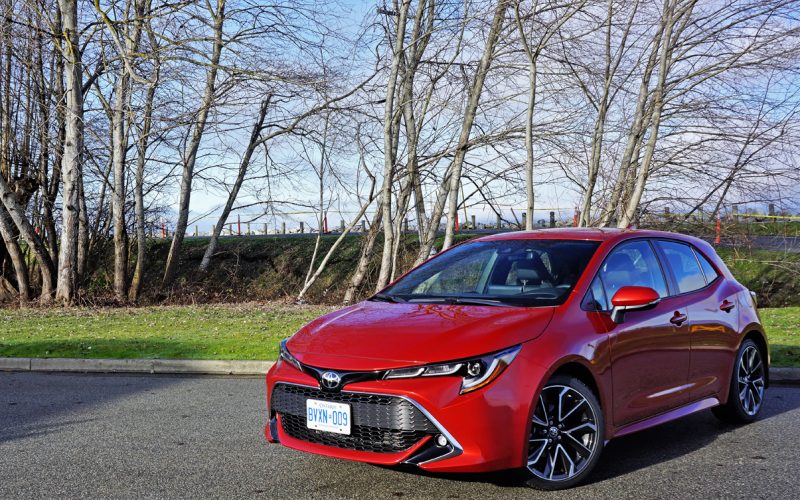
Reading Time: 12 minutesToyota may have said sayonara to its Scion line a few years ago, but the youth-oriented
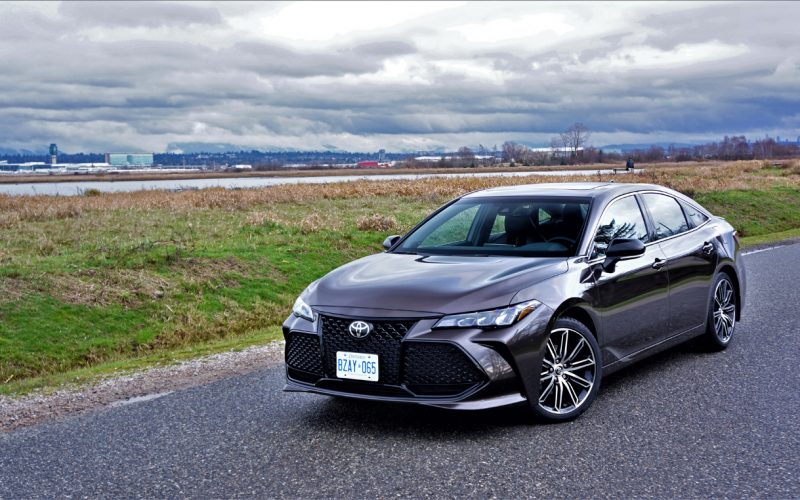
Reading Time: 11 minutesBeauty is truly in the eye of the beholder, and to many a luxury car buyer
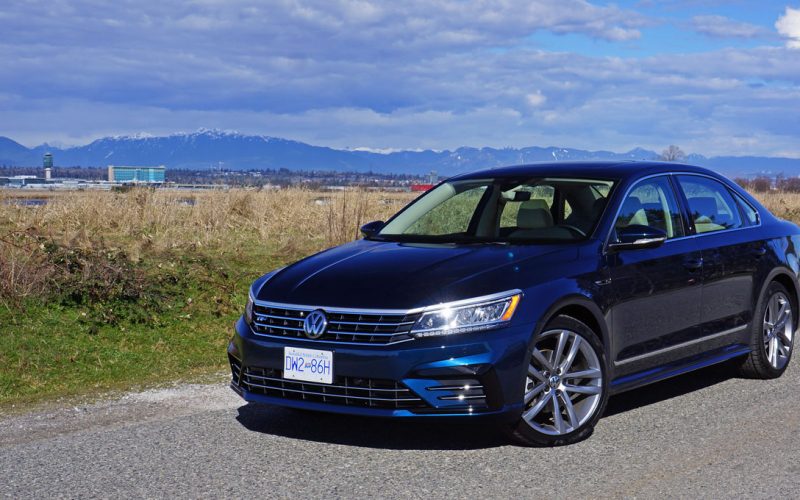
Reading Time: 9 minutesI love it when an automaker makes my job easy. For 2019, which has actually been
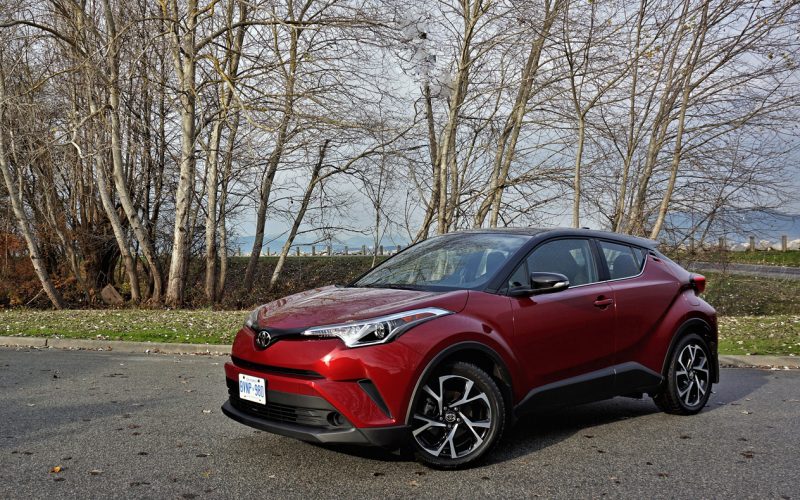
Reading Time: 10 minutesBack in January of 2014 at the North American International Auto Show in Detroit while introducing
© 2025 The Car Magazine. All Rights Reserved, Privacy Policy | Terms of Use